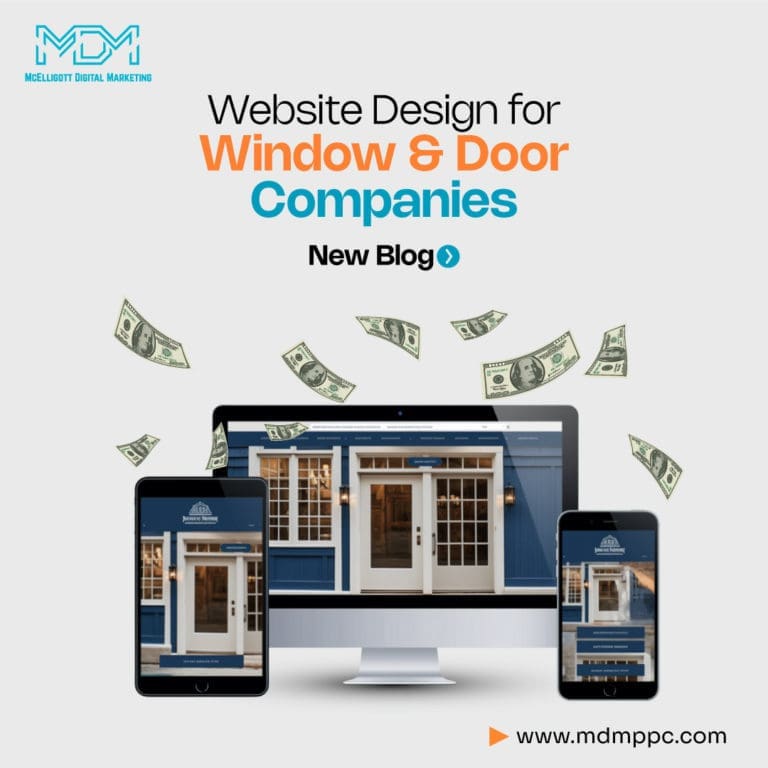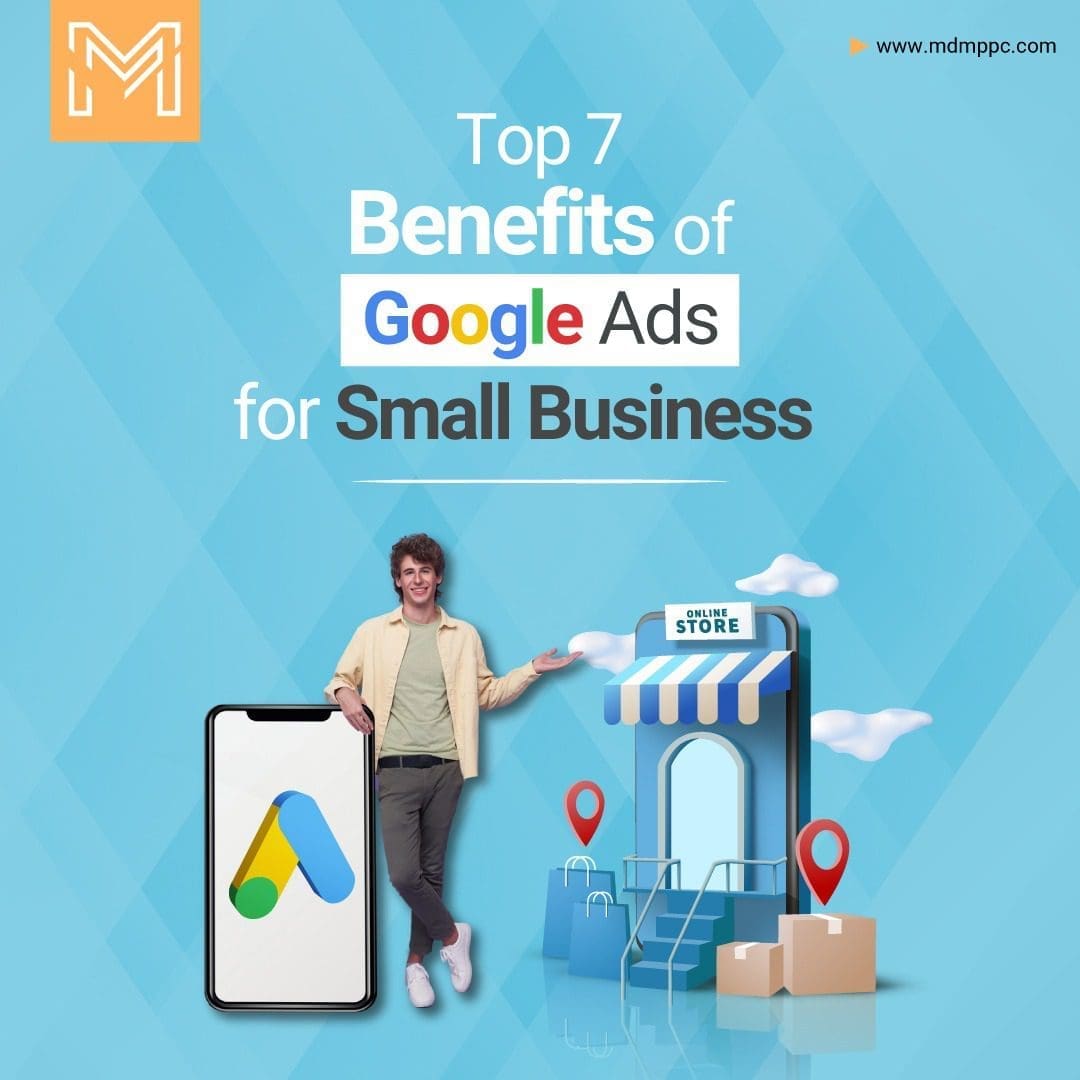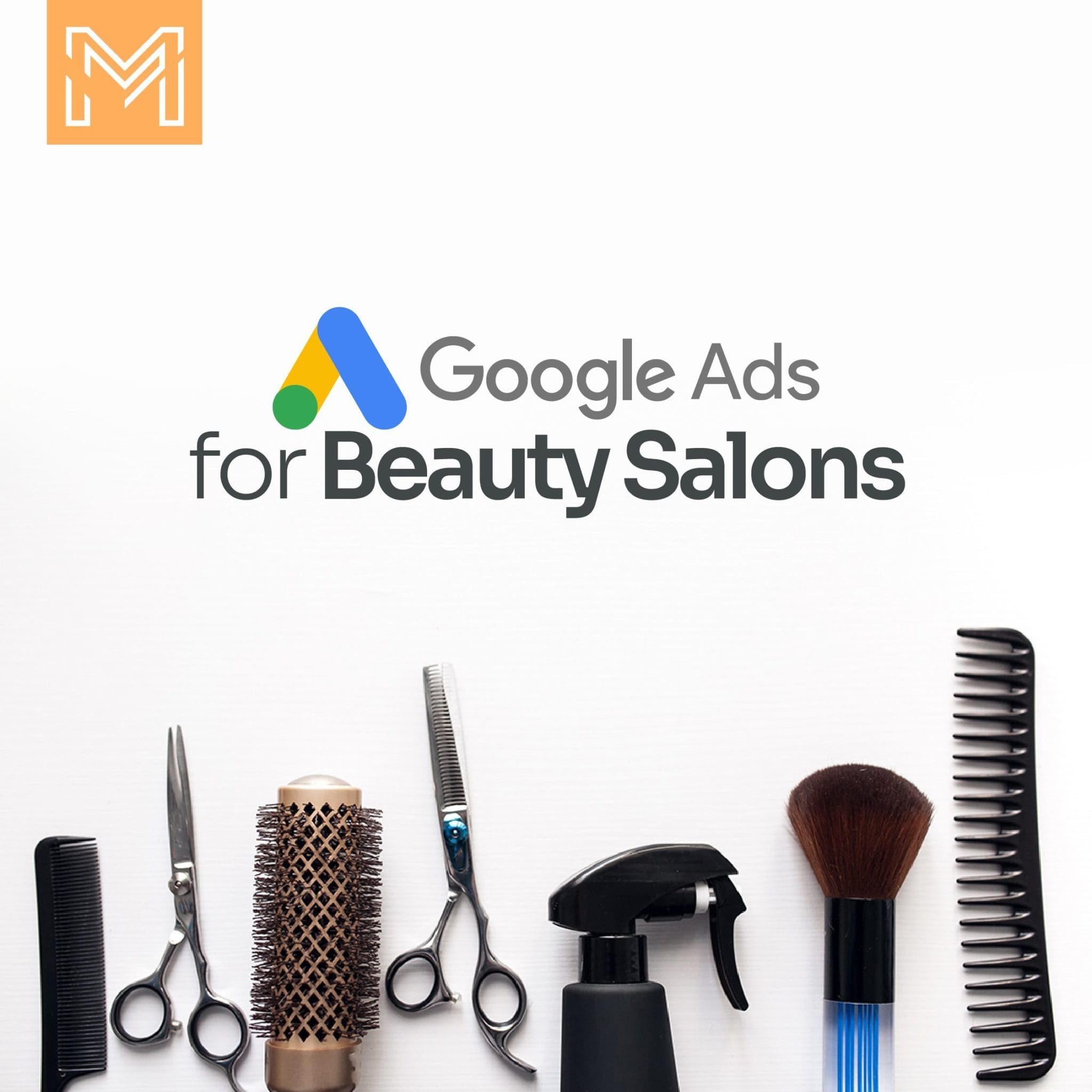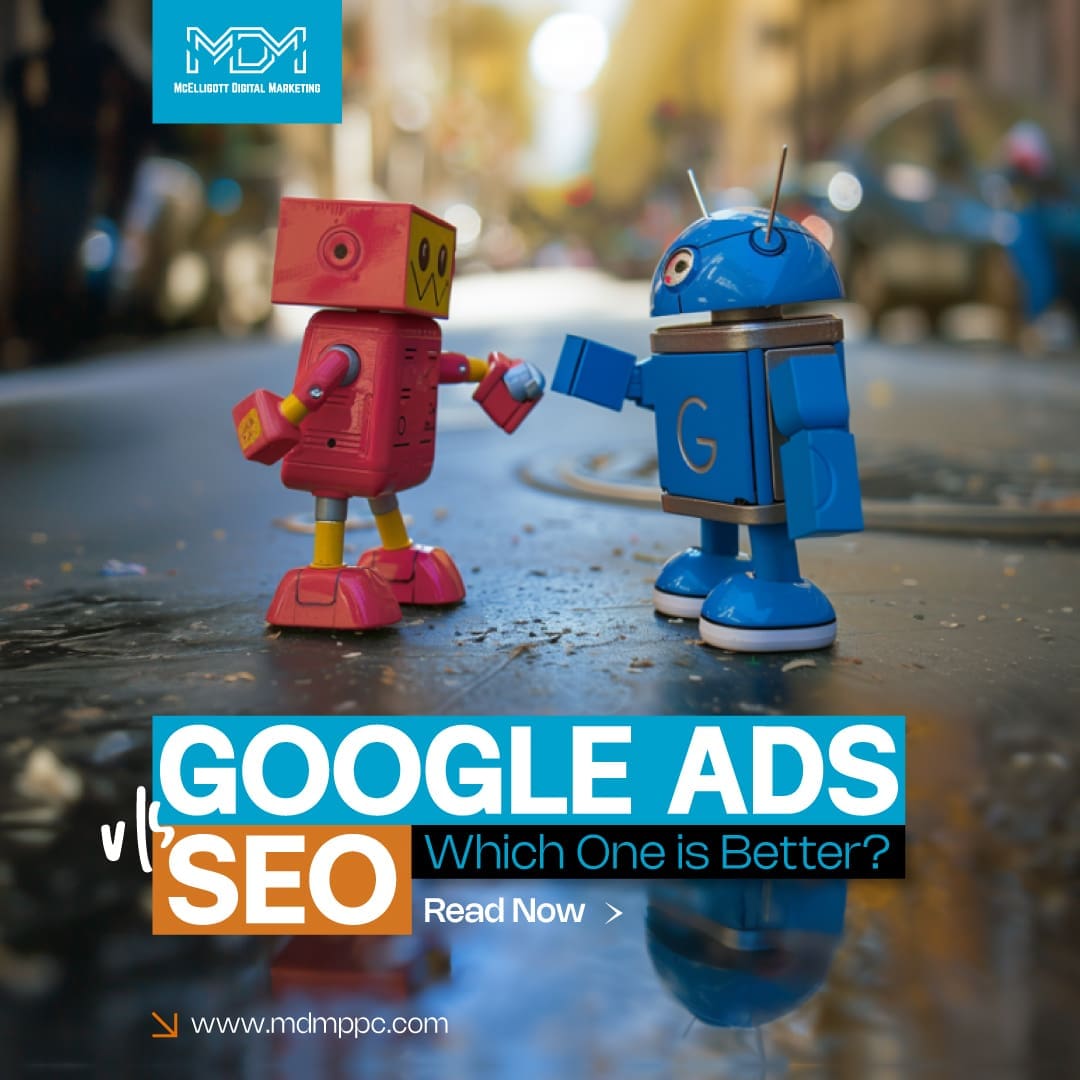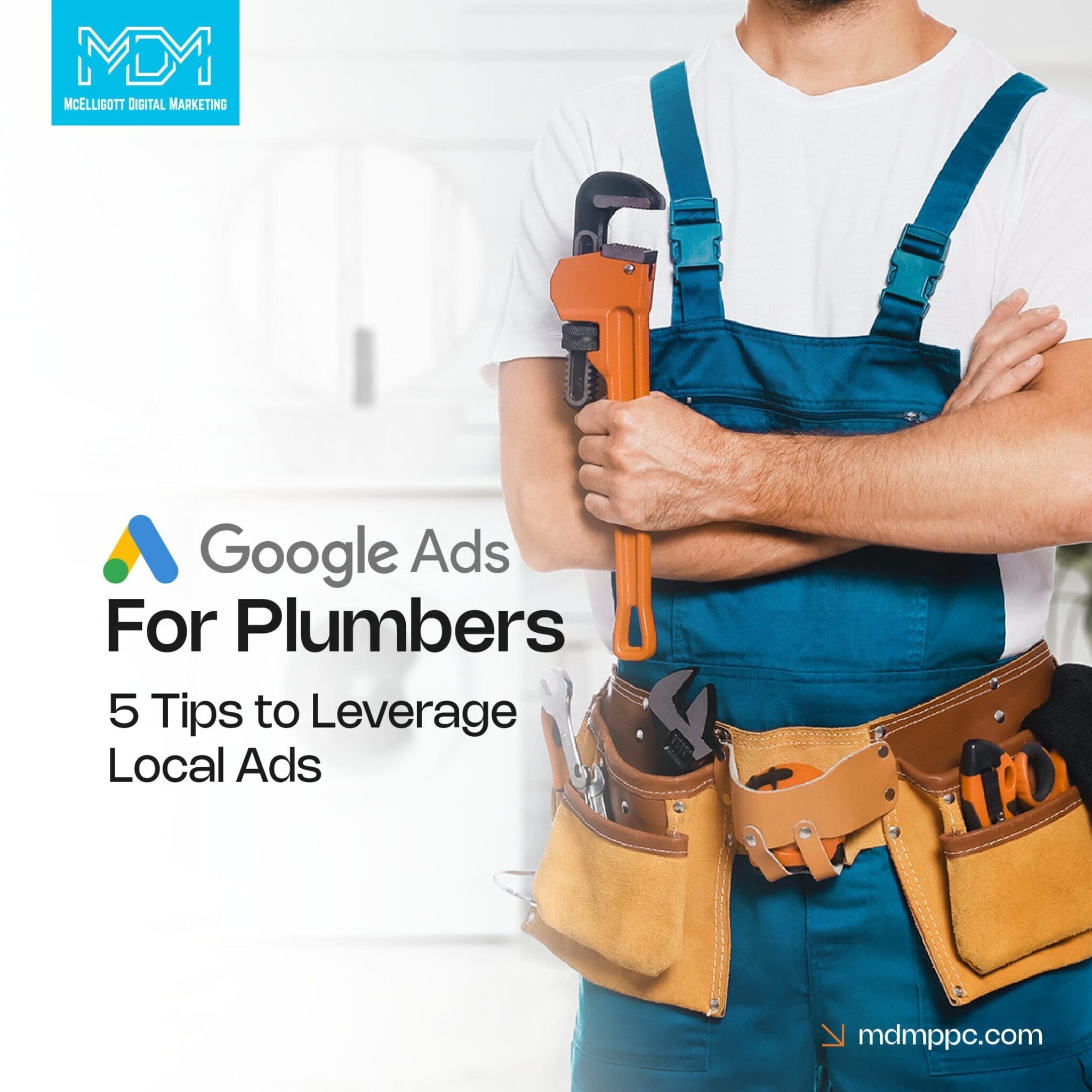Imagine your website as the inviting doorway to your window and door business – potential customers get their first glimpse of what you offer.
And just like you’d want to make a great first impression in person, your website should do the same online.
But here’s the thing – a website isn’t just an online space.
It’s your digital storefront, virtual handshake, and 24/7 sales representative. So, how can you make it truly shine in the world of windows and doors?
A growth-driven web design for your window and door company can elevate your site.
In this blog, you’re going to find:
Best web design practices for window and door services.
Benefits of growth-driven web design for home services.
McElligott Digital Marketing’s web design services for window and door companies.
Continue reading to grow your website! Or you can talk to our experts at McElligott Digital Marketing with experience in window and door company website design and marketing now.
Why a strong web design is important for window and door companies?
Many small-cap professional service firms, including those in the window and door industry, may question the significance of investing in a top-notch website.
They argue that web sales aren’t a primary revenue source, and they foresee having to overhaul their site in a few years when design trends change or technology becomes outdated.
The rise of Web 2.0 and the prevalence of social media platforms like Facebook and Amazon have led some to question the need for a robust website. After all, why spend big on web design when you can establish a presence on already popular platforms, with Zuckerberg and Bezos footing the bill?
However, the importance of an excellent website cannot be overstated, especially for window and door companies. Here are two core reasons:
1. Website is the hub of your marketing efforts
While it’s essential to have a presence on social media and other platforms, your website remains the cornerstone of your digital marketing strategy.
All major digital marketing channels eventually lead potential customers to your website, including SEO, paid search engine ads, social media ads, and content marketing.
SEO, in particular, is a critical long-term investment. Over time, it outpaces paid search in terms of return on investment (ROI).
Social media is less efficient at converting leads into customers compared to a well-structured website that can guide visitors along a tailored buyer’s journey.
Content marketing, which is highly effective for SEO and social media, ultimately directs traffic back to your website.
Consider this. If a website redesign could double your conversion rate, it could-
Halve your marketing budget while maintaining revenue.
Maintain your marketing budget and double your revenue from the same traffic.
Doubling your website’s effectiveness directly correlates with doubling the ROI of your marketing budget.
2. The website is the place to research and buy
Your website isn’t just an online presence; it’s where potential customers come to research and make purchasing decisions.
Neglecting your website puts you at a competitive disadvantage. A poorly designed site can deter prospects from reaching out to you.
In the B2B sector, customers typically explore around 10 websites before making a purchase decision, often making up 70% of their decision before contacting a company.
In B2C, nearly half of consumers engage with 3-5 pieces of content from a company before reaching out or making a purchase.
A lack of quality content on your site can cost you leads. 72% of internet marketers regard content marketing as the most effective component of an SEO strategy.
It’s incorrect to assume that serious buyers won’t engage online. As of 2020, 63% of all sales originate online, even if they don’t complete there.
If your website isn’t converting, it’s likely due to poor user experience or a flawed buyer’s journey, not because customers refuse to buy online.
Benefits of solid web design for window and door business
A well-crafted web design is a powerful tool that can drive growth, enhance user experience, and boost your bottom line. Here’s why investing in a solid web design is a smart move for your window and door company.
1. First impressions that last
Your website is often the first interaction potential customers have with your business.
A visually appealing and professional design creates a positive first impression, instilling trust and confidence in your brand.
2. Showcasing your craftsmanship
High-quality images and a well-organized layout allow you to showcase your finest window and door creations.
A solid web design becomes a virtual showroom that captures the beauty and quality of your products.
3. Seamless user experience
A user-friendly interface guides visitors through your offerings with ease.
Intuitive navigation, clear call-to-action buttons, and quick loading times enhance user experience, encouraging visitors to explore further.
4. Building trust and credibility
A well-designed website reflects professionalism and expertise.
It signals to potential customers that your business is reputable and dedicated to delivering high-quality products and services.
5. Effective storytelling
A great design enables you to tell your brand’s story effectively. Through visuals, content, and layout, you can communicate your company’s value and unique selling points.
6. Search engine visibility
Good web design doesn’t just focus on visuals. It includes optimizing your site for search engines (SEO). This helps your website rank higher in search results, making it easier for potential customers to find you.
7. Mobile responsiveness
With a significant portion of internet traffic coming from mobile devices, a responsive design ensures your website looks and functions seamlessly across various screen sizes, enhancing the user experience for all visitors.
8. Showcasing testimonials and reviews
A well-designed website provides the perfect platform to feature customer testimonials and reviews. Social proof can significantly influence purchasing decisions, and web design emphasizes these trust-building elements.
9. Differentiating from competitors
A unique and attractive web design sets you apart from competitors. It helps your business stand out in a crowded market and creates a distinct brand identity.
10. Data-driven improvement
Web design isn’t static but a dynamic element for continuous improvement. By analyzing user behavior and engagement, you can make informed adjustments to your design to enhance its effectiveness over time.
11. Customer engagement and interaction
Engaging features like chatbots, interactive galleries, and contact forms encourage visitors to engage with your site, providing opportunities for lead generation and customer interaction.
12. Maximizing conversions
Every element of a well-designed website is strategically placed to guide visitors towards desired actions, such as requesting a quote or making a purchase, resulting in increased conversions.
Best web design practices for window and door companies
Here are the best web design practices for window and door companies.
1. User-centered design (UX)
User experience (UX) is most important in web design for window and door companies.
A clutter-free and intuitive layout helps visitors find the information they need quickly. Consider conducting user research to understand their expectations and behaviors.
Use clean typography, appropriate whitespace, and a balanced color palette to create a visually appealing interface. Implementing responsive design ensures that your website functions seamlessly across various devices, enhancing user satisfaction.
2. Industry Alignment
Your website should serve as a showcase for your craftsmanship.
High-quality images of your windows and doors, ideally presented through a gallery or slideshow, provide visitors with a clear understanding of your offerings.
The “Inspiration” section in the main menu is a strategic choice, as it taps into visitors’ desire to envision how your products can enhance their homes. This section can feature completed projects, design trends, and creative ideas for different spaces.
3. Clear calls-to-action (CTAs)
CTAs are the driving force behind conversions.
Strategically place them where visitors’ attention naturally goes, such as above the fold or after informative sections.
For example, after showcasing the features of a particular window style, place a CTA that encourages visitors to explore that product further or request a quote.
Use compelling action-oriented language, contrasting colors, and prominent placement to make CTAs stand out.
4. Navigation
Simplify navigation by organizing your content logically.
The main menu should be concise, with clear labels that guide visitors to important pages. If you offer a variety of window and door styles, categorize them logically, possibly under headings like “Windows” and “Doors.”
Implementing a “Search” feature can be beneficial for users looking for specific information.
5. Accessibility
Web accessibility is vital for ensuring that all users, regardless of disabilities, can interact with your website.
Adhere to the Web Content Accessibility guidelines to make your site perceivable, operable, understandable, and robust.
Provide alternative text for images, and transcripts for videos, and ensure that text has sufficient contrast against its background. Implement keyboard navigation and ensure compatibility with screen readers.
6. Optimized multimedia
Visual content plays a pivotal role in showcasing your products.
However, large images can slow down page loading times. Optimize images using compression techniques without compromising quality. Consider offering high-resolution images in a lightbox format, allowing visitors to zoom in for a closer look.
7. Local SEO
Local search engine optimization is essential for businesses with a physical presence.
Incorporate location-based keywords naturally into your content. Create a dedicated “Locations” page that includes addresses, maps, and contact details of your physical stores or showrooms. Embed a Google Map on the Contact page for easy navigation.
8. Trust signals
Building trust is crucial in the home services industry.
Display trust badges, industry certifications, and awards prominently on your homepage. Showcase real customer testimonials and reviews to demonstrate your quality and reliability. Include images of completed window and door projects, along with customer stories, to showcase the transformative power of your products.
9. Conversion Rate Optimization (CRO)
A well-optimized website focuses on converting visitors into leads or customers.
Strategically place contact forms, quote request forms, or consultation forms throughout your site. A/B test different versions of these forms to identify which design, fields, or CTAs result in higher conversion rates.
Analyze user behavior using tools like Google Analytics to identify drop-off points in the conversion funnel.
10. SEO integration
Incorporate search engine optimization (SEO) best practices into your web design. Identify relevant keywords related to window and door installation, maintenance, and styles.
Integrate these keywords naturally into your content, meta titles, descriptions, and headings. Create informative blog posts or guides addressing common questions your target audience might have.
11. Secure website
Security is a fundamental aspect of web design.
We implement HTTPS through an SSL certificate to encrypt data transmitted between your website and users.
A secure website not only protects user information but also contributes to higher search engine rankings and user trust.
12. Web design services
If you’re not experienced in web design, partnering with a professional agency is a wise choice.
Look for an agency with a proven track record in creating websites for the home services industry. They should offer services such as responsive design, accessibility optimization, and conversion-focused design.
A tailored approach that aligns with your brand’s unique identity and goals is essential.
McElligott Digital Marketing’s Web Design Services
Navigating the intricacies of web design for this industry requires a seasoned partner who understands your unique requirements.
- Innovative Website Design– Our experts fashion brand-new websites that resonate with your identity and objectives, setting you apart from the competition.
- Express Web Design– Need a rapid online makeover? We specialize in swift transformations that don’t compromise quality, ensuring a seamless transition.
- Website Revamp– Breathe new life into your online presence with our website redesign services, optimizing both aesthetics and functionality.
- Strategic Landing Page Design– Convert casual visitors into customers with purpose-built landing pages that captivate and convert.
- Conversion-Centric Design– Harness the power of design to maximize conversions, turning browsing into business at an unprecedented rate.
- User Experience (UX) Testing– Our meticulous testing procedures guarantee that your website offers an intuitive and enjoyable experience to all users.
- Inclusive Web Design– Embrace inclusivity with designs that cater to diverse audiences, ensuring accessibility for everyone.
Collaborating with us ensures that your window and door website ticks all the boxes:
Our team of award-winning designers possesses the expertise to forge user-centric websites with the power of conversions.
With SEO experts working together with the design team, it increases the visibility of your website online.

